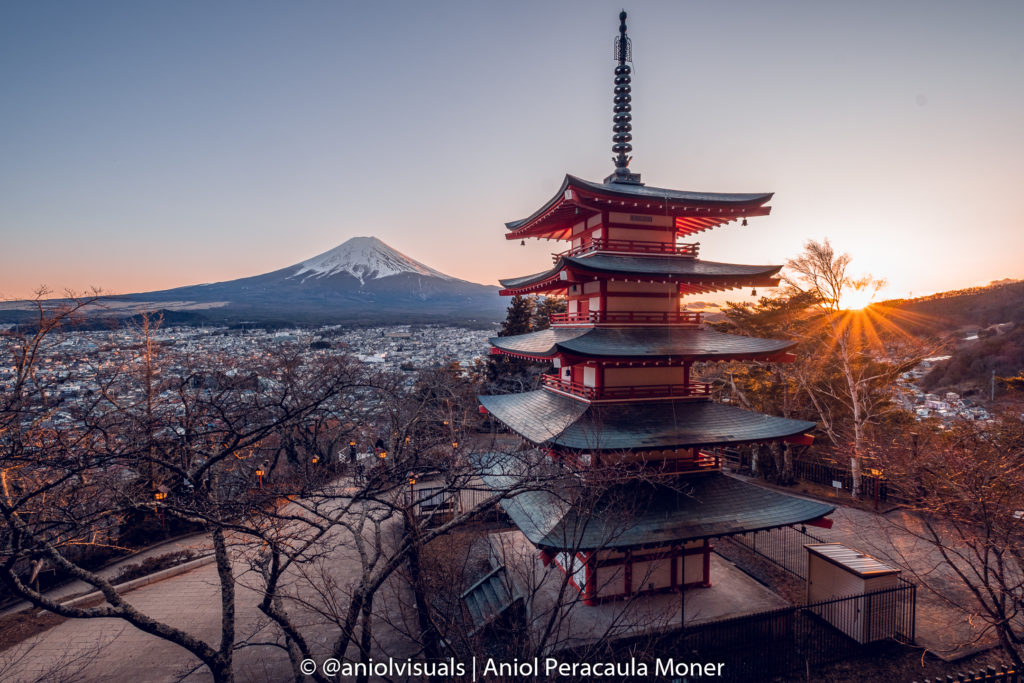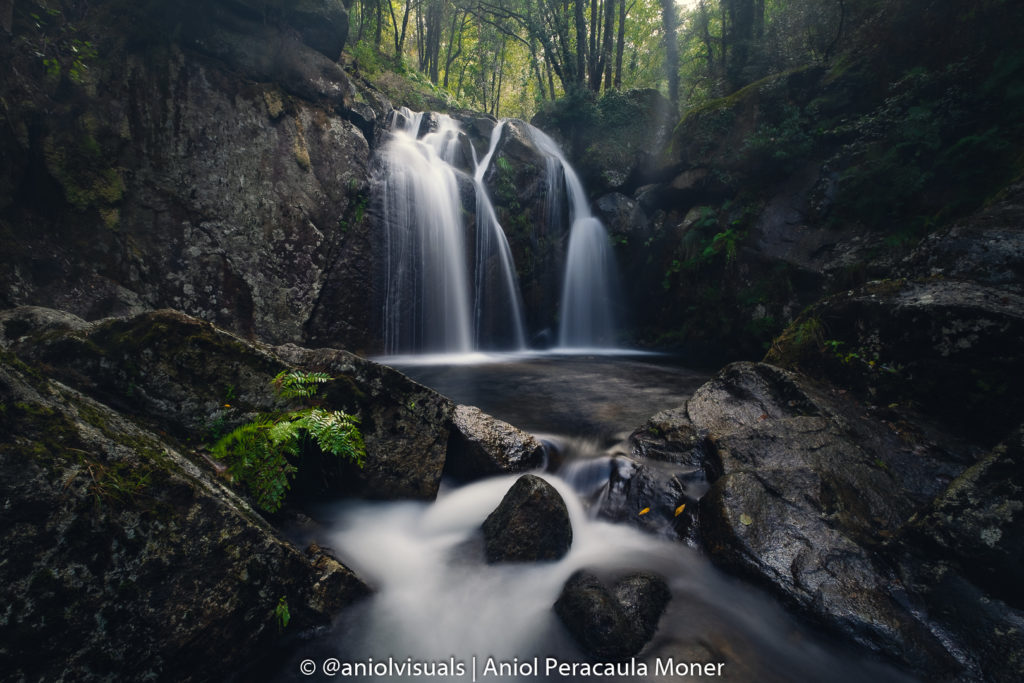Make the most out of your time and get good photos even without crazy skies! Discover 7 tips that I use in every cloudy sunset photography shooting.
It’s 6 pm. You just made it to today’s sunset location. The views are breathtaking. You have scouted the location beforehand, and you know where to go to take the photo you have been looking for so long. All pieces fit together, excepting for one tiny detail: it is cloudy. Every photographer has been in this situation and it is annoying. However, don’t pack and go back home. It is possible to get good photos in cloudy conditions. These are 7 tips (+1 bonus) that I use all the time for cloudy sunset (and sunrise) photography.
Assume that your photos will look different
Expectations are terrible and can play havoc with creativity. Get rid of any previous expectations about how the photos would look like. Cloudy weather calls for different solutions, other ways to deal with the environment.
In fact, cloudy sunsets are better than cloudless sunsets except for the moment when the sun crosses the horizon. More time to take photos usually means more time to try compositions, different solutions or the possibility to create more than one image.
None of this will be possible if all you are thinking about is how terrible the conditions are, and how you will not get the orange, red and purple clouds that you were dreaming about. Thus, clean your mind and get ready for a different challenge.

Understand the cloud types
Clouds are fun natural elements to shoot at. They are dynamic, change a lot and can be of many types. Learn the types of clouds that exist and how you can use them in your photos. Some clouds call for long exposure, others for being part of the composition…
Aim for a unique photo. Just like in colourful sunrises or sunsets, the shapes and combinations of clouds (and their types) are unrepeatable. Use this to create something that adds some value to the location, especially if it is a well-known spot.

Use a telephoto lens
On the worst scenario of a cloudy sunset photography shooting, the clouds are dull and quiet. Don’t worry! It is time to get the telephoto lens, the one that most landscape photographers keep at the bottom of their backpack. I am guilty of avoiding using telephoto lenses. However, some situations call for it.
If possible, aim for the horizon. As detailed in the following points, it is there where (hopefully) some sunset lights will pop. Find an object of interest and take the photo. The editing process can make wonders, but try to get the best possible raw file.

Wait until the end: sunset and blue hour
Don’t leave before the sun has set. A very common mistake I committed on my early days was to take some photos and get back home earlier. This is a terrible error. Cloudy sunsets might not have the best red/orange/purple tones, but they definitely have a beautiful blue hour.
Moreover, when the sunset is happening behind the clouds, the horizon will most likely show a bit of colour. Unlike it is cloudy and foggy, the effect of clouds + light in the horizon will add something special to the photo. As I mentioned before, make the most out of this moment with a telephoto lens.
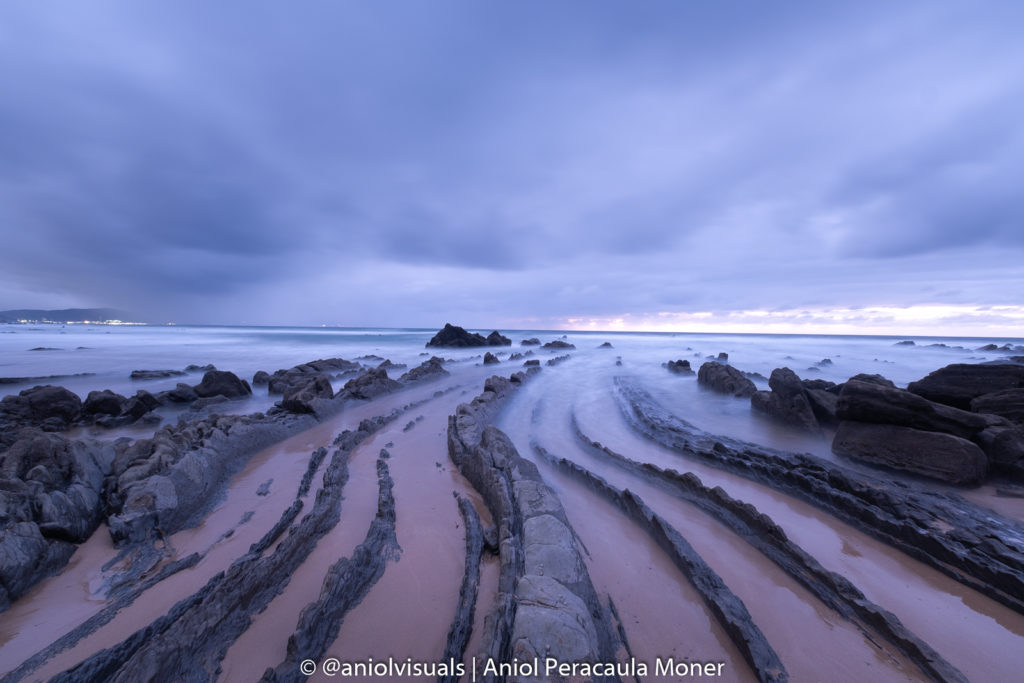
Shoot long exposures
It is no secret that I like long exposures, my own Instagram is full of them. However, the best moment to take them is on cloudy days. One of the problems of long exposures is that highlights are easy to be burned, and the longer the exposure time, the greater the difference between shadows and highlights in terms of exposure. Cloudy skies reduce this effect, making long exposures easier to shoot and to edit.
Go for long exposures especially when clouds have texture and there is some wind. It is almost compulsory if the shooting is by the sea, lake or any body of water. There is no better way to capture movement than with long exposure by the sea.
Learn long exposure photography
Discover my step-by-step free long exposure photography guide here
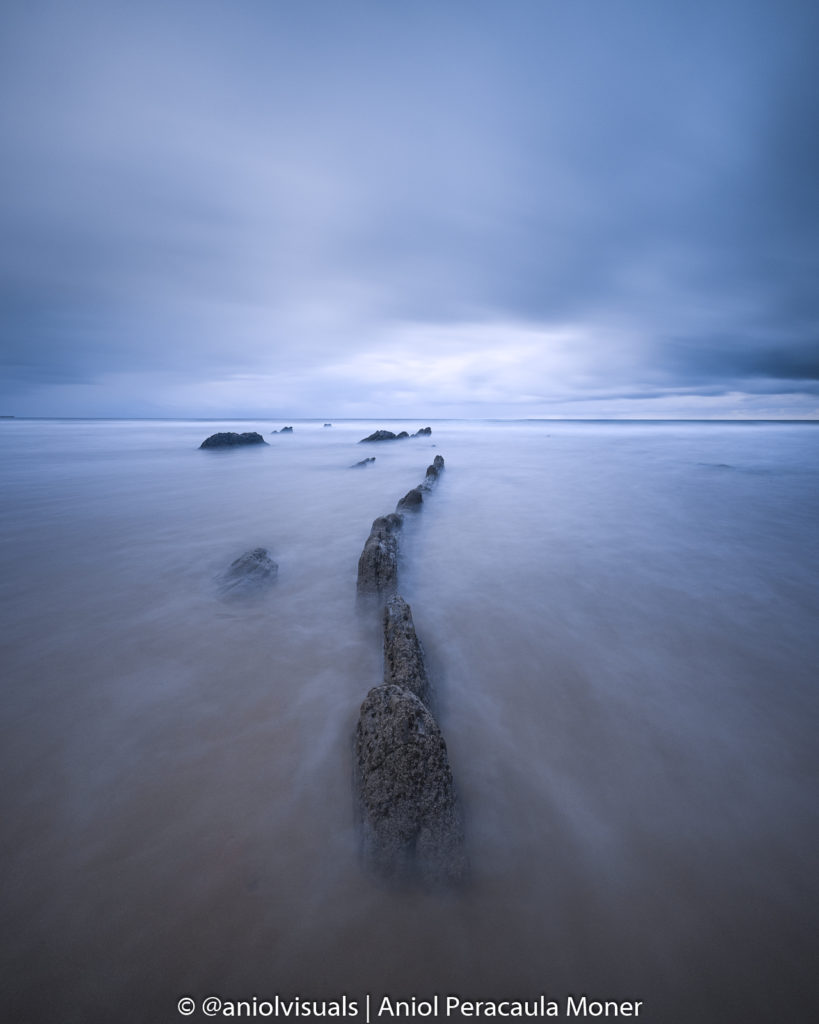
Focus on composition
Cloudy sunset photography is perfect for learning composition. It is very easy to get a good photo when a sky is covered in orange, red or purple clouds. The real challenge is to do it when it is the photographer the one that has to add value to the scene.
Leading lines, symmetry, objects of interest… Cloudy conditions require going one step further and those with a good eye for photography will get the best results. Remember that a photographer’s eye is not something built-in. It takes time, education (not necessarily from official sources), and a lot of practice. Thus, if it is cloudy and you are feeling lazy, get out there!
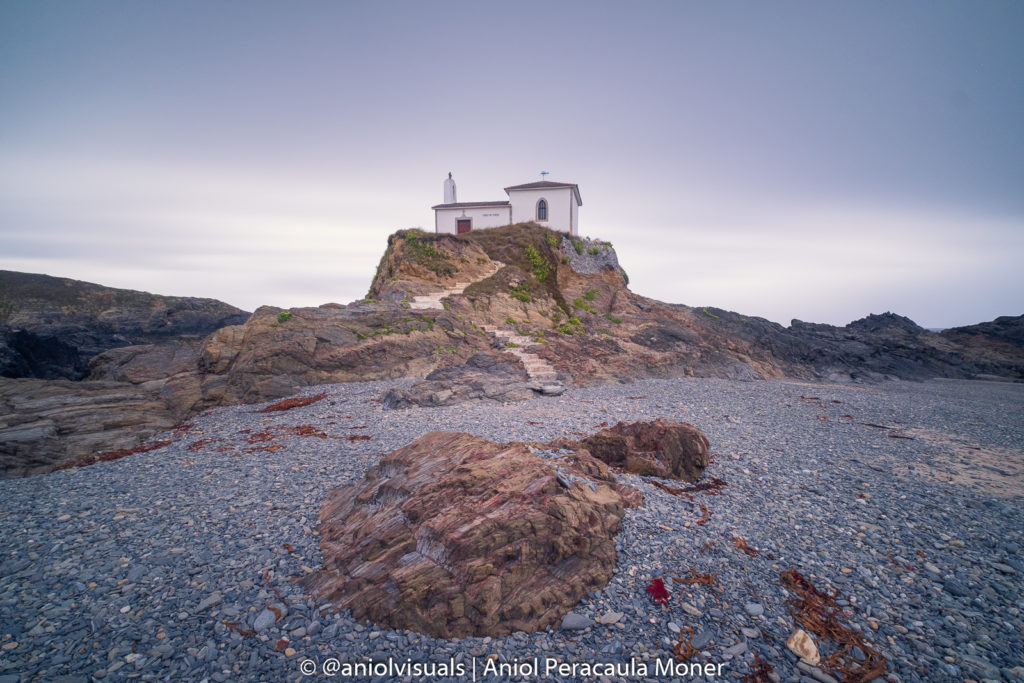
Try other photo styles
Another opportunity that cloudy sunsets offer is the possibility to explore other types of photography. Clouds make shadows softer, so why not exploring other photo styles such as portrait, macro, urban, street… From the point of view of a landscape and travel photographer, it is necessary to at least know the fundamentals of all these styles.
Besides, after some time taking only landscape or tourist travel photos, having the opportunity to play around and create something different is refreshing. I usually use cloudy sunsets to take macro or details of the location.
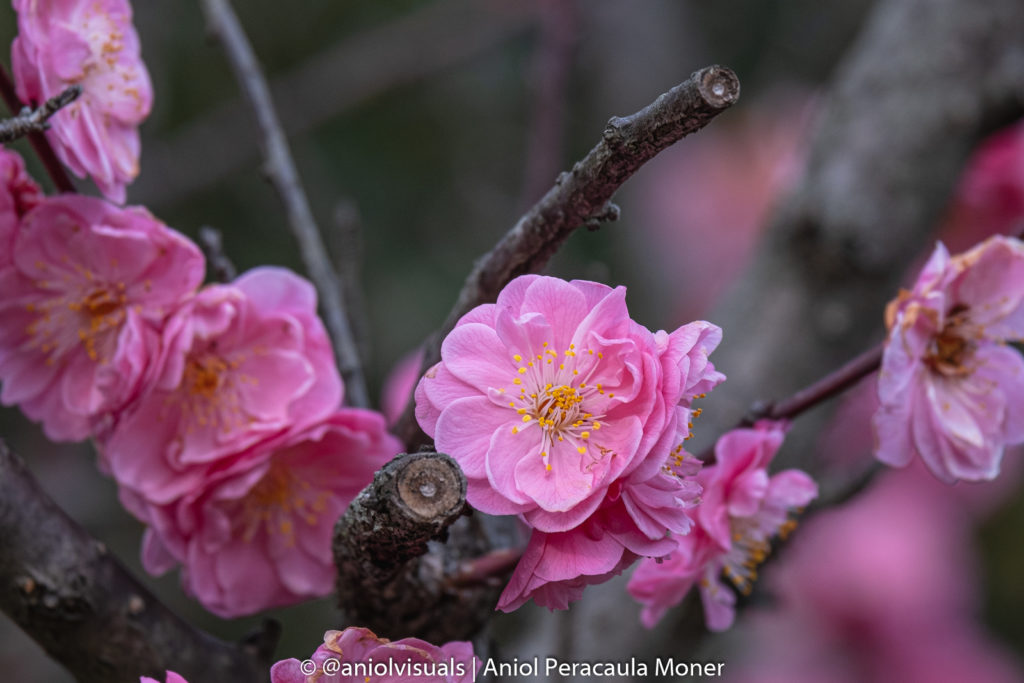
Bonus: edit them properly
Editing your photos is as relevant as taking them. However, don’t fall into the trick of making any cloudy sunset photography look like if there were sunset colours. I have committed this mistake many times, and I learnt the lesson the hard way. Adding another sky? perfect, I understand why it might be useful. However, unless it is for specific creative purposes, edit the photo as it should be: cloudy and moody.
Cloudy sunsets are beautiful when shoot and edited properly, and can beat any clear skies sunset photo. There is no need to add warm tones to a naturally blue and dark image. Social media made us think that any photo has to be unique, with lots of light, amazing skies and from a paradisiac location. Let’s fight it with moody, blue, and cloudy images.
These are my 7+1 tips for cloudy sunset photography, part of my photography tips posts series. If you found them useful, share this article with fellow photographers and if you have any other tips, share them below in the comments! Find me on Instagram as @aniolvisuals, where I regularly share photography tips, travel guides and photos of my trips and experiences. To get in touch with me, send a message to hello@aniolvisuals.com.
My best 2020 images. Part II: Japan photography
10 apps that will help you take better landscape photos
How to take amazing reflection photos: 7 tips you must know
14 things you should know about Sunset Photography
Waterfall photography: all you need to know. Gear, settings, and tips
Long exposure vs short exposure photography: things you need to know
